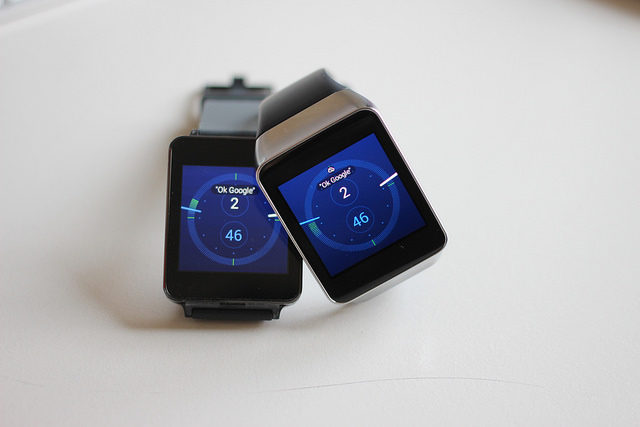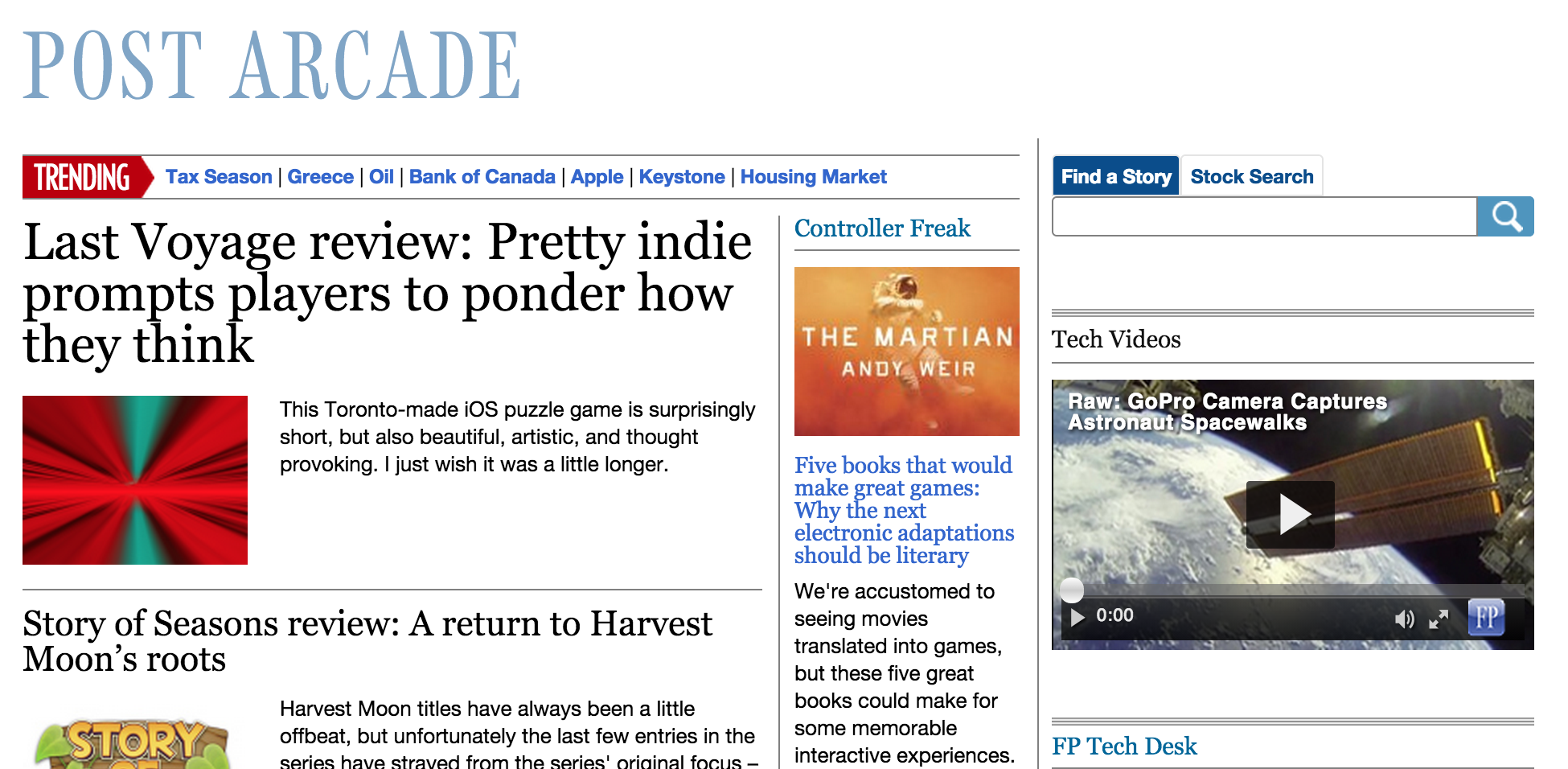We already have the world at our fingertips, but now with the creeping ubiquity of wearable technology, news junkies can get the latest stories delivered directly to their wrists.
Since Apple announced an April 24 release date for its eponymous watch, the chatter about wearable devices has spread beyond just the tech community and has become a focus of many news corporations trying to reach readers. Recently, the Toronto Star and Globe and Mail explored how these devices are being integrated with high fashion and many news organizations are beginning to reveal how they’ll be adapting their coverage for wearables.
Last week, The New York Times debuted “One-Sentence Stories,” the outlet’s first foray into wearable technology. As the name so eloquently suggests, the Times will push headline-like tidbits directly to its readers’ wristwatches. According to a Times press release, these snippets—from sections including Business, Tech, The Art and Politics—will include bullet points and photographs. The Times isn’t the only news organization set to work in wearables, though so far, few Canadian outlets have showcased their plans. In an overview of Apple Watch news apps, the Globe threw in a vague, one-sentence plug about how it will release something. This something has yet to materialize. However, the latest version of the theScore app, which delivers stats and sports scores, will be compatible for the Apple Watch.
On March 5, Neiman Labs released an extensive study, conducted by The Huffington Post United Kingdom’s Jack Riley, that comprehensively outlined the various issues facing media outlets looking to venture into the world of wearables. Riley writes that analysts estimate Apple will sell 20-30 million of its watches this year and these buyers will comprise a specific demographic: young and rich—a valuable demographic for news organizations. (Apple Watches start at $450 Canadian, with 18-karat gold plated versions retailing for over $10,000. You also need iPhone five or higher to operate this exorbitant time piece.) At end of 2014, over 720,000 Android Wear devices had been shipped and by January 2015, Pebble had delivered over one million of its smartwatches.
As Riley speculates on how publishers can make money off of wearables, he warns that widespread adoption of these devices isn’t guaranteed. This becomes especially concerning considering many outlets have not yet learned how to profit from digital content. In Riley’s study, Times senior product manager for iOS Andrew Phelps says, “Given that we, the industry, practically haven’t figured out how to monetize mobile, I’m a little concerned about wearables.” Riley suggests that some news organizations may develop products for wearables not only to make money, but to appear “cutting edge.”
While American powerhouses are considering how they’ll scale to burgeoning technology, Canadian organizations are still experimenting with existing platforms. On April 1, for example, the Star abolished its paywall. The paper will also release a free tablet edition that will be supported by ads. Montreal’s La Presse already gets 40 percent of its revenue from its tablet edition. Though traditional news outlets are readily experimenting, few have mastered the digital game.
New communications technologies can revolutionize journalism. Yet, as Marshall McLuhan so wisely said in The Medium In the Massage, “We look at the present through a rear-view mirror. We march backwards into the future.” Since it’s nearly impossible to predict how audiences will use new communications technology, we speculate their value based on existing platforms.
As media organizations race to release Apple Watch compatible and wearable apps, we’ll just have to wait and see what sticks.
Image courtesy of Maurizio Pesce.
About the author
Amy was an online handling editor on the 2014-2015 masthead.

